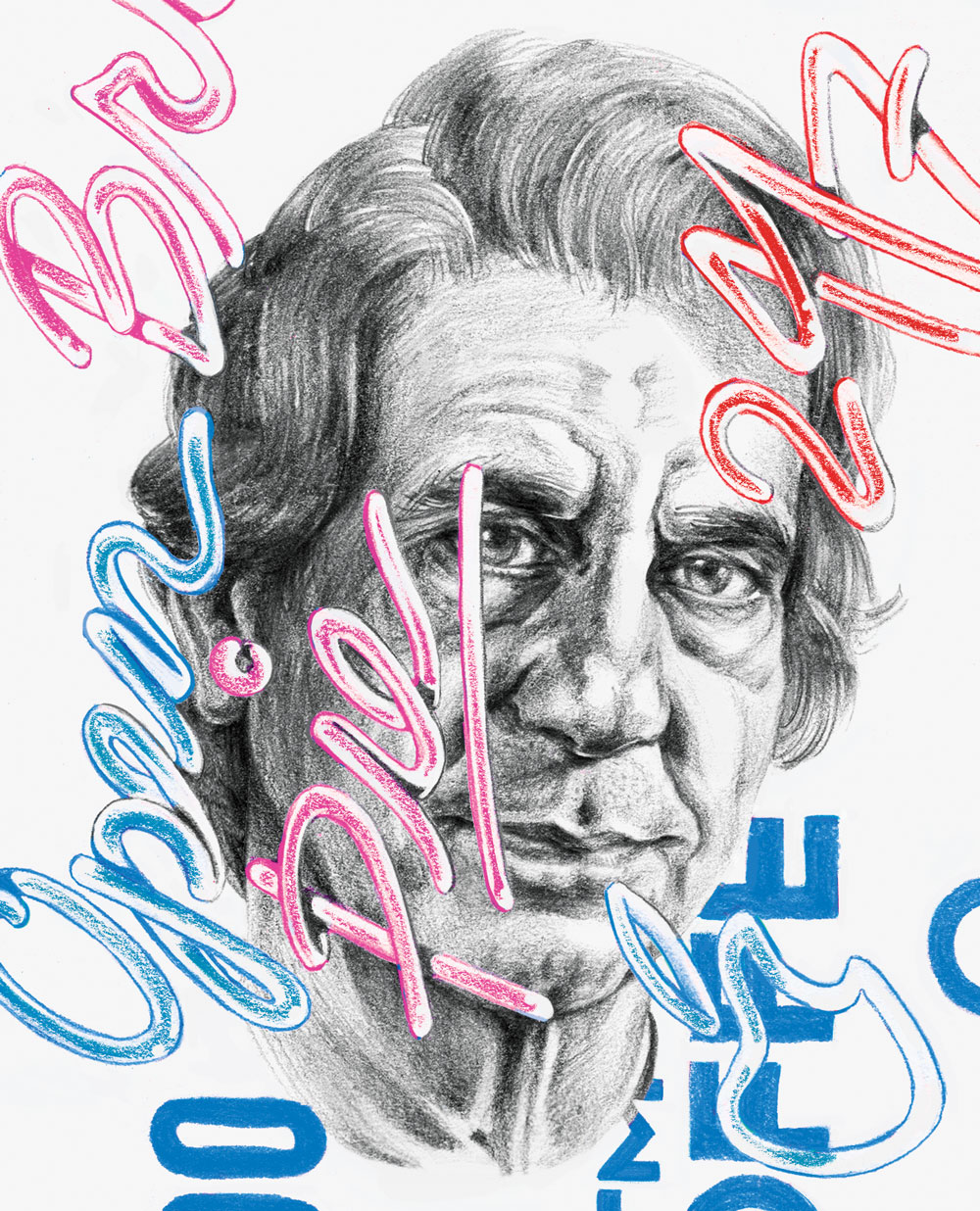I got interested in diners early on, because they cover such a wide range of ideas and typologies. My first way into the idea of the diner was when I was a kid growing up on the Jersey Shore. There was a place there on the boardwalk in Long Branch called Max’s—which is actually still there. Max’s has grown over time, but back then it was a 25-seat hot dog stand. Another early diner experience was at the first New York City restaurant I ever ate at, Schrafft’s, which was part of a chain of upscale coffee shops. Later, at age 12, when my family moved to Guadalajara, Mexico, my diners became corner taco stands. I remember this small taco stand in Guadalajara where in the front, instead of having a pie counter, there were 10 big bottles of fresh juice. As a kid who moved around a lot geographically—from Chicago to New Jersey to Guadalajara—there was something about diners I found welcoming. In the face of this movement and uncertainty, diners were like a home away from home.
Several diners have been seared into my memory over the years: Square Diner in New York City’s Tribeca neighborhood, which is actually a triangle, not a square, and has survived since its founding in 1945; Eisenberg’s Sandwich Shop, which is part diner, part greasy spoon, a direct cousin; Bubby’s, also in Tribeca, which is not a direct descendant of the diner, but is a local equivalent; Fog City Diner in San Francisco, which was, I think, one of the first “designer” diners; and the Robinson Ale House in Asbury Park, New Jersey.
In some ways, diners reflect what so many of us love about Apple as a company. They’re seamless, with curved edges. They represent an American interest in innovation, and particularly manufacturing, with their pressed stainless steel elements.
One thing that’s iconic about diners is the counter, which is now ubiquitous in restaurants—open kitchens are everywhere; chef’s tables grew out of diner counters. Another is the use of booths. I love the fact that you’re in this public space, but also in your own world, with your own jukebox. Then there’s the material pallet and the food. There’s something about the use of glass and stainless steel that’s interesting. For instance, the rotating pie display—it teases you. Another classic element of the diner is the relationship between you and the server. You can see that, both in the real world and in pop culture, in When Harry Met Sally, Pulp Fiction, Alice Doesn’t Live Here Anymore, obviously the movie Diner, Edward Hopper’s paintings, or the 1997 TV show Union Square, for which my office designed the set.
There are all kinds of definitions of “American” right now—some good, some not so good. But I think American-style diners are inherently optimistic. The notion of a home away from home, open 24/7—that not only emphasizes staples like bacon and eggs, but maybe some local flavor—is such an American idea. The diner grew out of a belief of democracy of design. It was one of the first examples of this. “Democratic design” may seem prevalent now, but this idea has been around for a long time, and the diner was one of the earliest examples. It was both accessible and special. It was rooted in newness and freshness, with the food being cooked right in front of you. It was an early exploration in hospitality, which is now embedded in every industry. Everyone likes a diner.
David Rockwell is founder of the New York– and Madrid-based design firm Rockwell Group. At Ventura Centrale during this year’s Salone del Mobile design and furniture fair in Milan, in collaboration with Surface and 2×4, Rockwell is creating The Diner, a modern interpretation of the classic American roadside restaurant.

